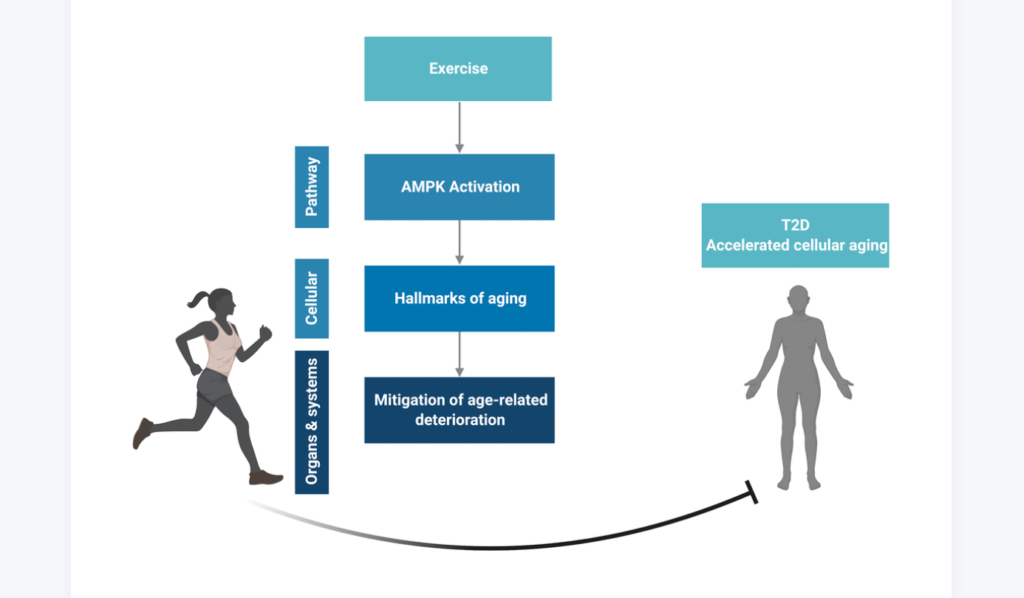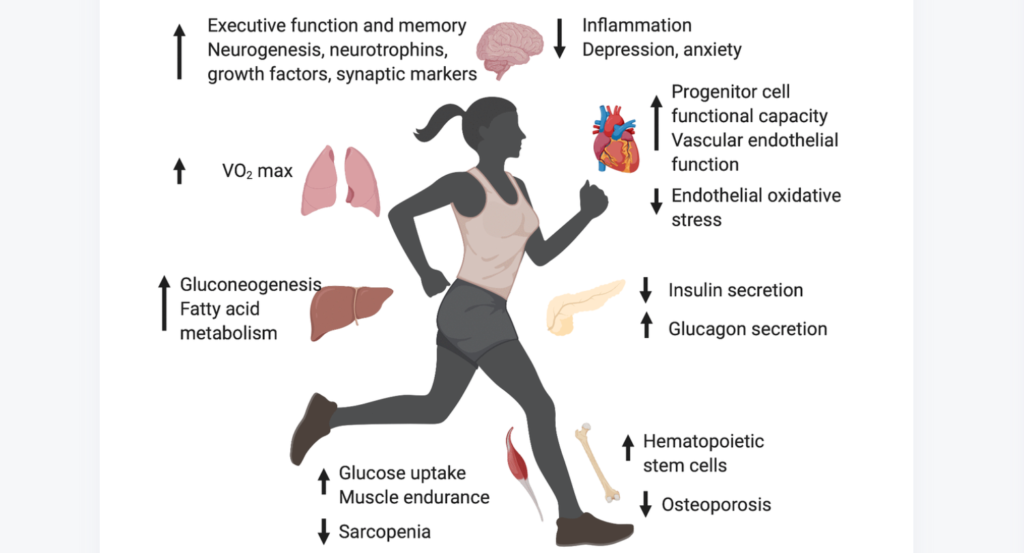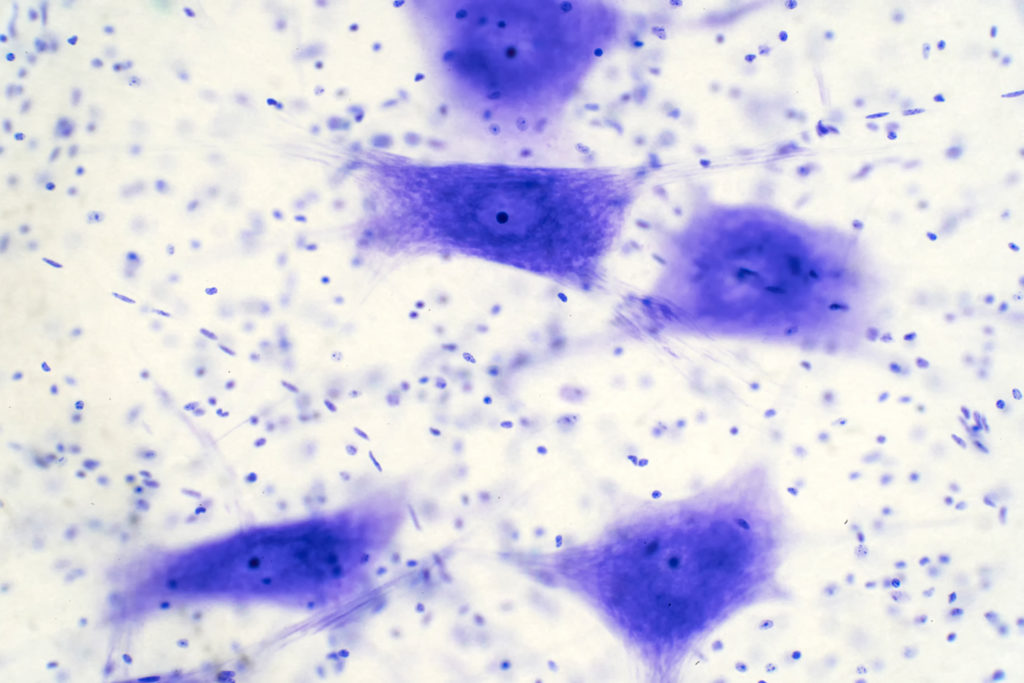In a trending Aging editorial paper, researchers explain that switches in the aging process may be a window of opportunity for patients with Alzheimer’s disease and potential epigenetic treatments.
![Figure 1. The EORS downward spiral of aging and Alzheimer’s (Epigenetic Oxidative Redox Shift) [2].](/wp-content/uploads/2021/06/Screen-Shot-2021-06-24-at-4.27.37-PM-1024x636.png)
The Trending with Impact series highlights Aging publications that attract higher visibility among readers around the world online, in the news, and on social media—beyond normal readership levels. Look for future science news about the latest trending publications here, and at Aging-US.com.
—
Alzheimer’s disease (AD) develops at different times for different people due to known and unknown variables. AD and aging share a number of features in common, such as oxidative stress, mitochondrial impairment, and bioenergetic and metabolic shifts. Aging is an unmistakable risk factor for Alzheimer’s disease, but what causes aging to switch it on? Do these “switches” present opportunities for intervention?
In 2021, researchers from the University of California and the University of South Carolina wrote an editorial article about the onset of AD—propagated by switches that take place during the aging process. Their trending paper, published in Aging’s Volume 13, Issue 10, was entitled: “When aging switches on Alzheimer’s.”
“[…] the complex mechanisms of switching on so many AD pathologies remain underexplored.”
Oxidative Shifts
“Age-related redox stress, often measured as oxidative stress in aging and AD launches a global switch in the epigenetic landscape, widely affecting methylation, histone modification, and noncoding RNA regulation [5], to further drive downstream metabolic and energetic shifts.”
The authors begin this editorial paper by prefacing readers with the epigenetic oxidative redox shift theory of aging. They explain that the sedentary lifestyle often accompanied by old age resets epigenetic marks to prepare for low mitochondrial capacity and minimal energy production. In order to maintain this setting (resting redox energy levels), the body switches to require more oxygen and energy when performing physical activities and increases the conversion of glucose to lactose (the Warburg Effect). In turn, these metabolic shifts (now enforced by the epigenome) reinforce sedentary behavior—forming a vicious cycle.
“Our environment, lifestyle, stress, physical activity, and habits all modulate epigenetic control of gene expression for continuous environmental tracking.”
Conclusion
Oxidative shifts alter the activity of numerous redox-sensitive transcription factors, enzymes, and signaling proteins. The researchers explain that these oxidative switches taking place in patients with Alzheimer’s disease are potential targets for epigenetic treatments.
“While studies on these ‘switches’ enable elucidation of the underlying mechanisms for when aging switches on Alzheimer’s degeneration, more importantly, these ‘switches’ of redox, epigenetics and neuroinflammation encourage early interventions to decelerate AD pathology and retain functional memory.”
Click here to read the full paper, published by Aging.
YOU MAY ALSO LIKE: MORE AGING VIDEOS ON LABTUBE
—
Aging is an open-access journal that publishes research papers monthly in all fields of aging research and other topics. These papers are available to read at no cost to readers on Aging-us.com. Open-access journals offer information that has the potential to benefit our societies from the inside out and may be shared with friends, neighbors, colleagues, and other researchers, far and wide.
For media inquiries, please contact media@impactjournals.com.





